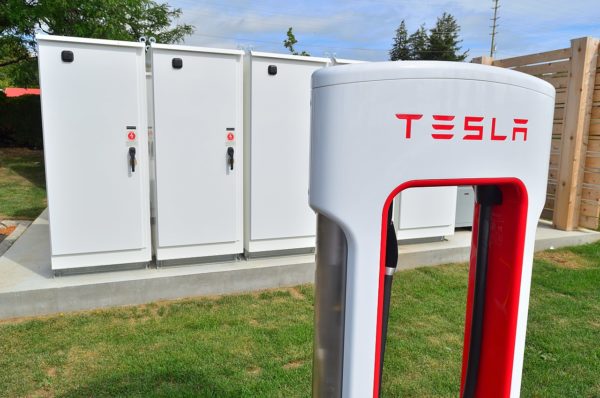Power storage solutions as the key to wider cleantech adoption
On March 1, the first of a series of free public webinars about Connecticut ‘s efforts to modernize the electric grid was hosted as a collaboration between the Clean Energy Group and the Connecticut Green Bank. The focus was mainly on the development of power storage solutions, primarily in the form of batteries, and the design of an incentive structure to promote their adoption.
Power storage solutions are an important part of plans to decarbonize the electrical grid because renewable energy sources such as solar and wind power are intermittent and rely on specific weather environments to produce power.
On Jan. 1, Connecticut ‘s Public Utilities Regulatory Authority (PURA) launched its Energy Storage Solutions program with a mission to install 580 megawatts (MW) of storage capacity in homes and businesses over the next nine years. PURA is also seeking to install 50 MW of storage capacity to industrial and commercial facilities by 2024, to be followed by 100 MW between 2025 and 2027 and an additional 140 MW by 2030.
To encourage that growth, PURA examined several different incentive structures to promote battery installation and is leaning towards a two-prong approach that will encourage both adoption and continued use of the technology.
The Energy Storage Solutions program ‘s upfront incentive for businesses is a lump sum of $100 to $200 per kilowatt hour (kWh) of capacity installed, according to Josh Ryor, PURA ‘s director. The rates for residential installation are pegged at $200 per kWh. That means that a popular option such as the Tesla Powerwall (an integrated battery system that stores solar energy for backup protection charger) with a 13.5 kWh capacity could be offset for an individual business by as much as $2,700 upfront.
The continuing incentive, designed to encourage consistent use, is somewhat more complex. Due to differing energy prices, there are different rates for the summer and winter, and for the first five years this variable rate will pay up to $200 per kWh of energy stored during the summer and $25 per kWh in the winter, with the total annual payout capped at $225.

Photo courtesy Wikimedia Commons
Thus, the state would pay a business up to $15,187.50 in the first five years for installing a Powerwall or similar system. The following four years would have a reduced payout of $115 per kWh in the summer and $15 per kWh in the winter for a maximum of $130 per kWh year-round, but that is still $6,210 at the maximum rates.
It is worth noting that prices lower than these rates can also be set, and there is no guarantee that the power grid will need to tap into storage at all, let alone at the maximum rate throughout the entire year.
However, the regulations allow for an appealing best-case scenario: A single Tesla Powerwall costs $10,500 to install, which means that a business that installs one and sees the state payout the entire worth of their power storage across every year of the program would make $13,600 after the cost of the Powerwall is deducted. Cheaper and larger power storage options also exist and installing multiple units at the same time lowers overall cost.
Additionally, customers in underserved communities will receive larger upfront payouts, up to $300 per kWh. Residents who make under 60% of the state median company will receive up to $400 per kWh of storage installed.
Much of the recent webinar was concerned with designing the decision-making process for the program and how the incentive structure was selected.
Two additional webinars in this series are planned. On March 15, the focus will be on how the Connecticut Green Bank, Avangrid and Eversource will implement the program. A follow-up on March 29 will focus on how the Connecticut Green Bank and the Clean Energy Group will work to implement these storage solutions in low-income housing facilities. Both seminars are free and open to the public.
During the March 1 webinar, Bryan Garcia, president and CEO of the Connecticut Green Bank, shared a story that brought an emotional element to this cleantech endeavor. He recalled comments said to him by Mother Jennifer of The Daughters of Mary of the Immaculate Conception after a dedication ceremony for an energy storage project installed at one of their facilities.
” ‘Bryan, your language of clean energy and climate change is all well and good, ‘ ” Garcia recalled Mother Jennifer saying as she took the podium after him during a dedication ceremony where he had spent most of his speech reading off impact metrics. ” ‘But in addition to all of that, as a result of this clean energy system, I ‘m able to expand the summer programs for the youth and the elderly and increase housing for the poor and the battered. ‘ ”
Garcia told the webinar audience that they should “not only think about the details that go into a public policy like this, but also to step back and put ourselves in the shoes of those families and businesses that will benefit from it — a planet protected by the love of humanity. “